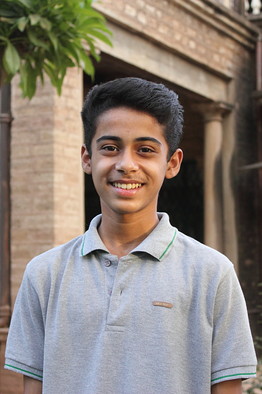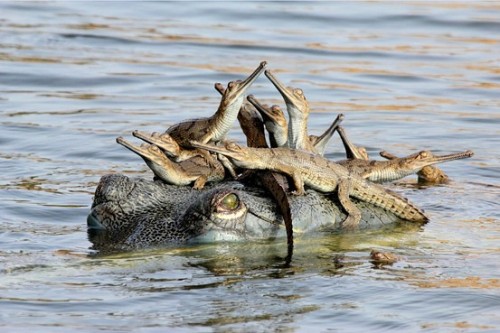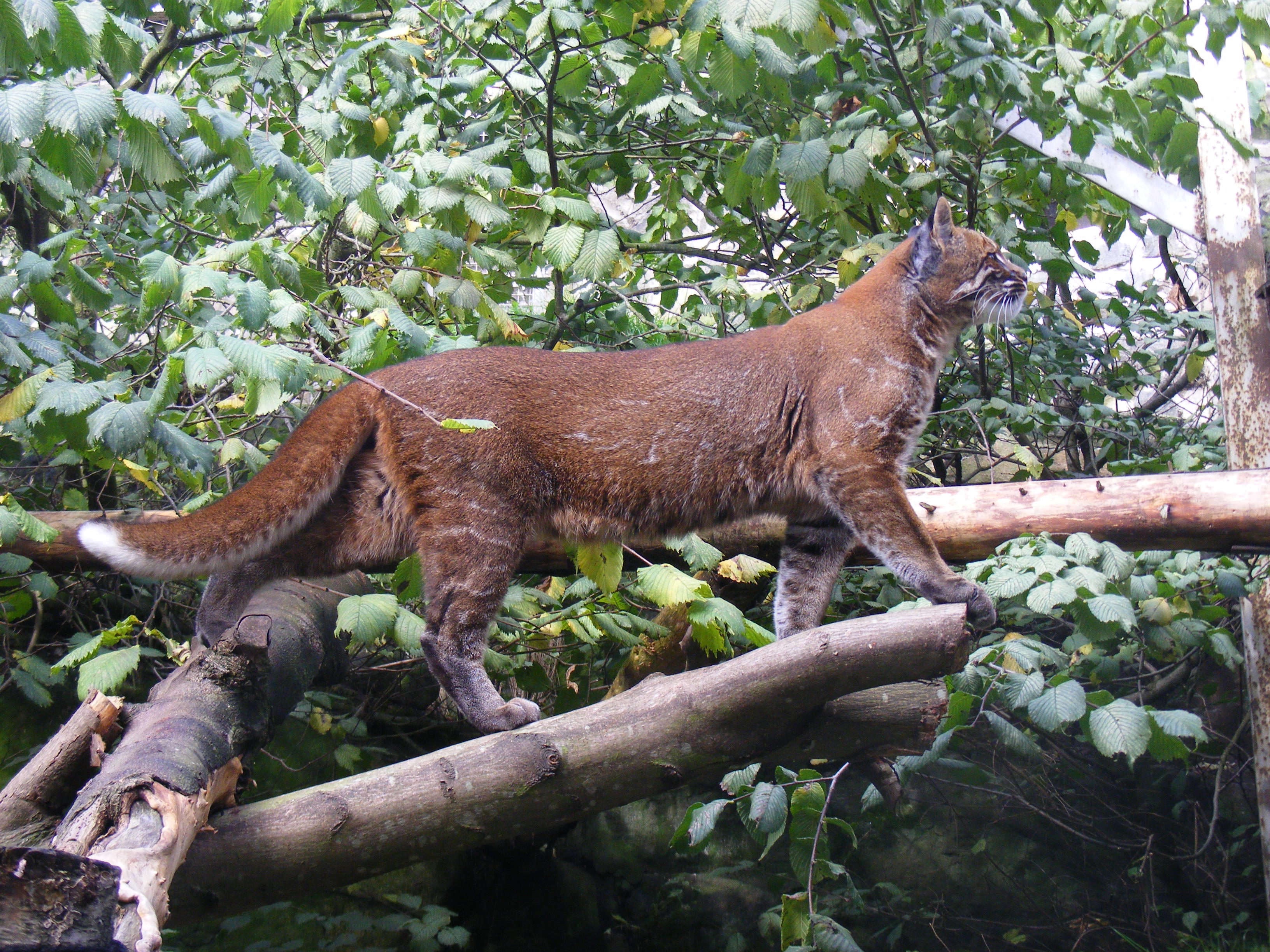Barely 14 and already in the world’s radar – that would be the most apt way to describe Indian teenager Udayan Rao Pawar who won the Young Wildlife Photographer of the Year award by the Natural History Museum and BBC Worldwide for the year 2013.

His photograph, “Mother’s little headful,” which shows a mother crocodile with her young piled on top of her head in the Chambal river got him the highest honour in the 11-14 year category of the respectable contest.
Born to Click
The budding wild life enthusiast and photographer was introduced to the world of animals around his home in Gwalior by his father at a very tender age. Udayan developed this passion and using the camera as a medium, enhanced his photographic skills by experimenting and teaching himself using equipment given by his father.
But for the contest, the challenge was to capture a rare sight. And the daring youngster was ready.
He camped overnight near a nesting colony of gharials on the banks of the Chambal River – two groups of them, each with more than 100 hatchlings. Before daybreak, he crept down and hid behind rocks beside the babies.
‘I could hear them making little grunting sounds,’ says Udayan. ‘Very soon a large female surfaced near the shore, checking on her charges. Some of the hatchlings swam to her and climbed onto her head. Perhaps it made them feel safe.’
It turned out that she was the chief female of the group, looking after all the hatchlings. Though he saw a few more females and a male, they never came close.

‘The Chambal River is the gharial’s last stronghold,’ says Udayan, ‘but is threatened by illegal sand-mining and fishing.’
Udayan took the shot using a Canon EOS 550D and 100-400mm lens
The Endangered Reptile
Gharials were once found in all the major river systems all over the Indian subcontinent. Today, just 200 or so breeding adults remain in just 2 per cent of the former range. They are no longer found in the Indus, the Brahmaputra or the Irrawady Rivers.
It is listed as a critically endangered species. According to the World Wildlife Fund, there are about 1200 gharials in the wild in India of which only about 16% are breeding adults. Gharials are survivors from the great reptilian age and are recognized as keystone species in their environment – the entire ecosystem dependant on their survival.
Gharials can grow up to seven meters in length with the thinnest and most elongated snout of any crocodile. The name gharial is derived from the resemblance of the outgrowth on its snout to a ghara (earthern pot).
The Chambal River is one of the gharials’ last habitats apart from the River Ganges and Girwa River, as well as the Rapti-Naryani River in Nepal. The gharial is the most aquatic of the crocodile family and never moves far from the water, according to the WWF. They feed on fish and other warm-blooded species which they catch between interlocking teeth.
This species almost became extinct as they were hunted for their valuable skins. Today, in some places, their eggs are stolen for food and young gharials often get trapped in fishermen’s net. Pollution, river bank disturbance by riparian population is also cited as threats to this species.
Speaking about Udayan’s spellbinding photograph, one of the judge Tui De Roy, a naturalist and wildlife photographer, said the composition and timing of Udayan’s photograph was perfect.
“The mother’s gaze seems directed at you, appealing to you to let her live and thrive in peace,” he said. “This image is beautiful and thought-provoking, but at the same time wonderfully playful.”
When asked between wildlife and photography which one was closer to his heart, Udayan promptly replied,
“Between both, wildlife is my obvious answer. It has always been my passion. Photography is a thing that just happened to me. I want to be a wildlife conservationist and I have my future mapped out. I want to study biology and environmental sciences at the Edinburgh University in England. But I will always continue capturing my journey through wildlife pictures. So, photography will always remain a close friend.”
Let us hope this passionate nature lover becomes an even stronger voice of the threatened wildlife as he grows up and inspires many to be as involved with nature.
More Related Stories,
Interview: Jayanand Govindaraj, Capturing Moments in the Wild
Three Minutes with Demoiselle Crane







With so much of dedication Udayan Pawar has a bright future I congratulate him for his dedication and vision
Well said. Indeed, the youngsters dedication and vision will let him achieve greater heights in life. We hope there are many more udayans in the country as passionate.